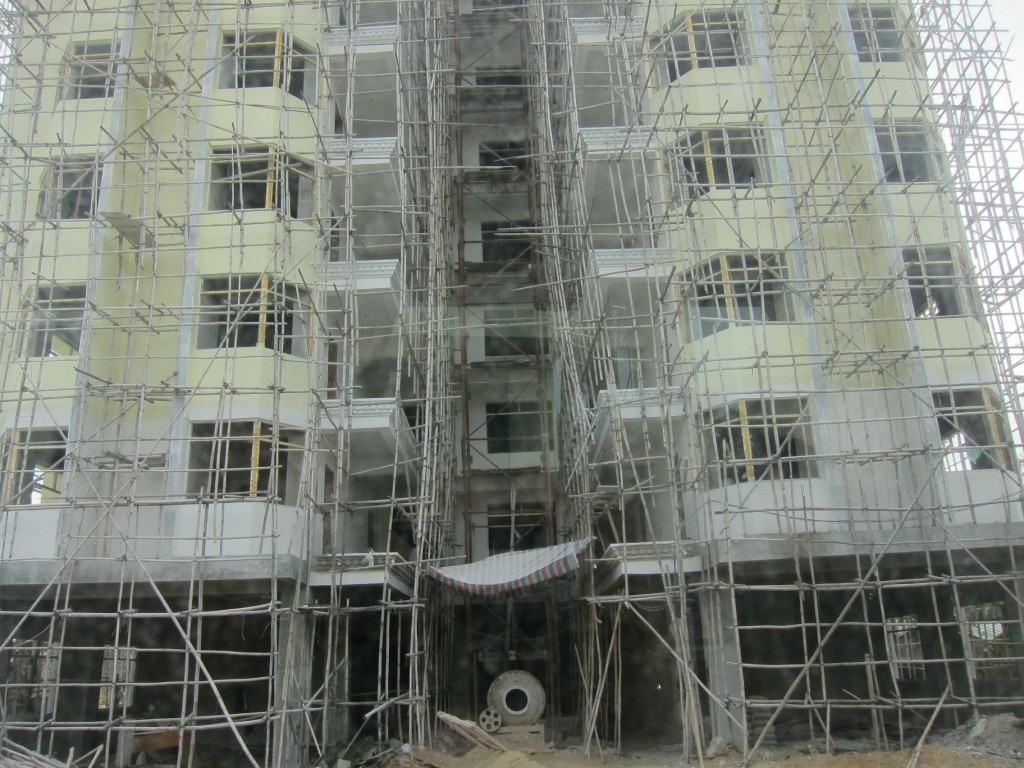“Invest in China!”
If I were to sum up most of the business literature I see about one of the world’s fastest-growing economies, it is to open your wallets and throw your money into the return-generating machine known as China. And I do not dispute the justification by any means, but rather I offer a twist on the advice.
I just spent a little over a week in China for business and got to see the growth engine at work first-hand: Construction everywhere. Buildings, apartments, roads, bridges, highways… All under development in the rural and well-populated regions of the country alike. What was more striking, however, was the fact that the growth is far outpacing the infrastructure’s ability to keep up with the breakneck speed of growth.
I perceive a growing problem in China, and I have not seen much coverage of it: The country’s infrastructure is not equipped to support the pace of growth.
To be clear, I am defining infrastructure as the support services underpinning the broader economy, such as power utilities, internet connectivity, water and plumbing, access to transportation, etc.

I saw a large number of apartment complexes and buildings under construction like the above, but contrasted with what appeared to be little support for utilities like electricity or gas, or easy access to paved roads or local transportation. We were traveling on a rocky, sandy highway because this particular road to the airport was not yet paved, and there were few other viable routes. While mobile phone prevalence and usage rates are among the highest in the world, the ability to push mobile data and provide reliable phone coverage was hit or miss.
Why is infrastructure an issue? Won’t infrastructure catch up to support the new growth?
As a parallel, consider the issues among some of the high growth markets in Latin America, like Argentina and Brazil. Top line output – measured as Gross Domestic Product (GDP), for example – is growing at a significant rate, but access to services, like health care and efficient transportation, is lagging far behind. It creates a longer-term problem where economic returns and actual on-the-ground growth (with the appropriate infrastructure to support it) start to diverge.
A lack of infrastructure will eventually hinder future growth in China, as the economic system is not able to support further increases. It appears the same issue is happening in Africa and Indonesia as well.
The remedy is for the Chinese government to spend money at a brisk pace equal to that of private industry to try and keep up, pouring billions (or trillions?) of RMB into bridging the gaps. I have seen reports recently of China making such investments as the global economy slows and the country’s reliance on foreign investment growth decreases, forcing the attention to promoting growth within their own borders. Though it is unclear the breadth and depth of that flow of capital.

Next to the new apartment building being erected above was a person delivering goods to the construction site. You can see a bit of the road we were on, as well as the conditions around the area.